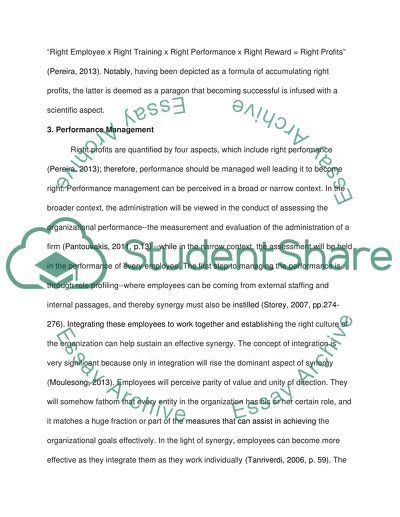Cite this document
(Human Resource Management at Free Malaysia Today Case Study - 2, n.d.)
Human Resource Management at Free Malaysia Today Case Study - 2. Retrieved from https://studentshare.org/human-resources/1469684-human-resource-management
Human Resource Management at Free Malaysia Today Case Study - 2. Retrieved from https://studentshare.org/human-resources/1469684-human-resource-management
(Human Resource Management at Free Malaysia Today Case Study - 2)
Human Resource Management at Free Malaysia Today Case Study - 2. https://studentshare.org/human-resources/1469684-human-resource-management.
Human Resource Management at Free Malaysia Today Case Study - 2. https://studentshare.org/human-resources/1469684-human-resource-management.
“Human Resource Management at Free Malaysia Today Case Study - 2”, n.d. https://studentshare.org/human-resources/1469684-human-resource-management.


